The interest in science was something secret and private. Later, when I did science at school, I didn't enjoy it nearly as much. I didn't enjoy school. I enjoyed museums, botanical gardens, libraries, laboratories, where one was immediately in contact with — I'm not fond of schools and textbooks.

Oliver Sacks was born in London, England. He grew up surrounded by a large extended family, one with many doctors and scientists. Both his parents were medical doctors. His father was a general practitioner and his mother was one of the first female surgeons in England. His childhood was darkened by the shadow of war. As Germany began sustained bombing of London, eight-year-old Oliver and his older brother were sent to a boarding school in the countryside. The separation from his home and parents, along with the harsh discipline of the school, was traumatic for young Oliver. Later in life, he attributed his severe shyness and discomfort in ordinary social situations to this early experience. He also experienced lifelong difficulty in recognizing faces, a little-known ailment at the time, but one that is known today as prosopagnosia or face blindness. His older brother was even more severely affected, and never recovered. Young Oliver Sacks took comfort in the study of science. As a child, he was fascinated by a giant display of the periodic table of elements at the Museum of Natural History. A chemist uncle, nicknamed Uncle Tungsten, encouraged his interest in chemistry. His mother shared the insights of her medical practice with her talented son, showing him specimens of diseased brains and deformed fetuses, and bringing him along to observe the dissection of a human cadaver. His interest in neurology and the brain was nurtured at St. Paul’s School, which maintained a collection of preserved human brains in jars, including those of famous writers.
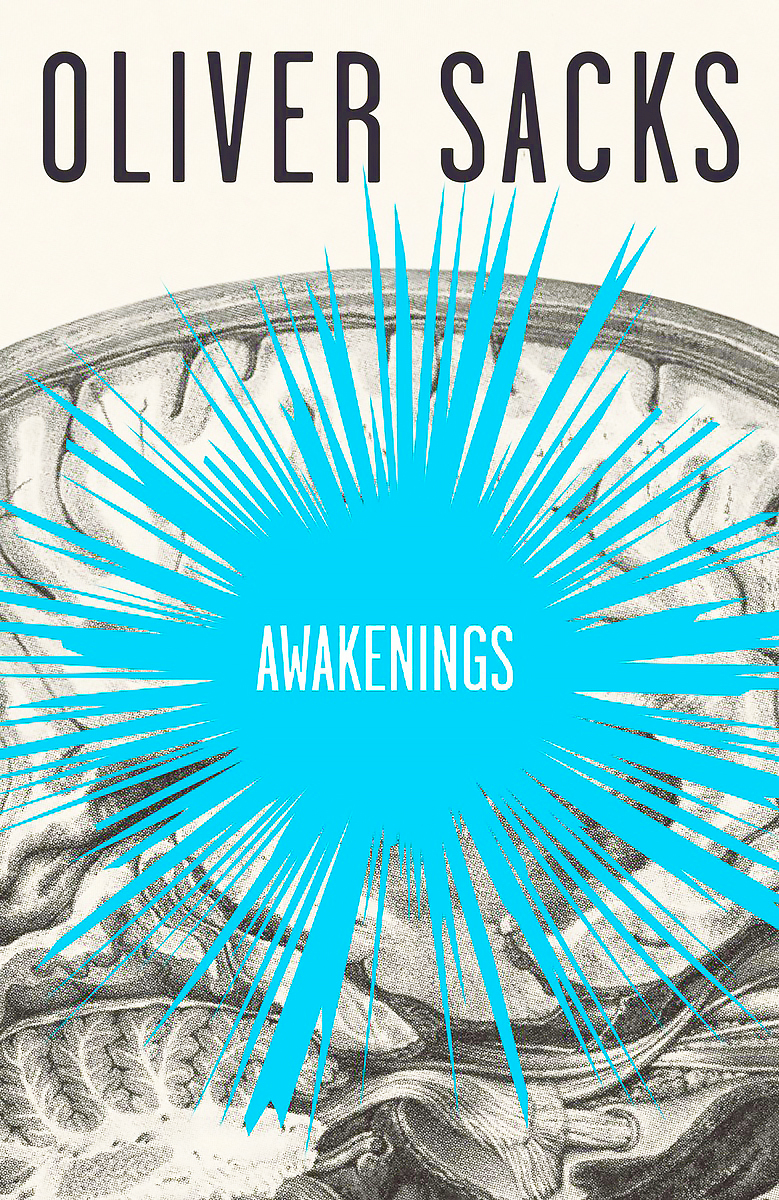
For years, Oliver followed the course his family set for him, excelling in school and obtaining a medical degree at Oxford. But by adulthood, a rift had developed between Oliver and his parents. Oliver admitted to his father that he was gay, a fact that his parents could not reconcile with the teachings of their Orthodox Jewish faith. Seeking a new life away from the powerful influence of his family, he moved to the United States in 1960.
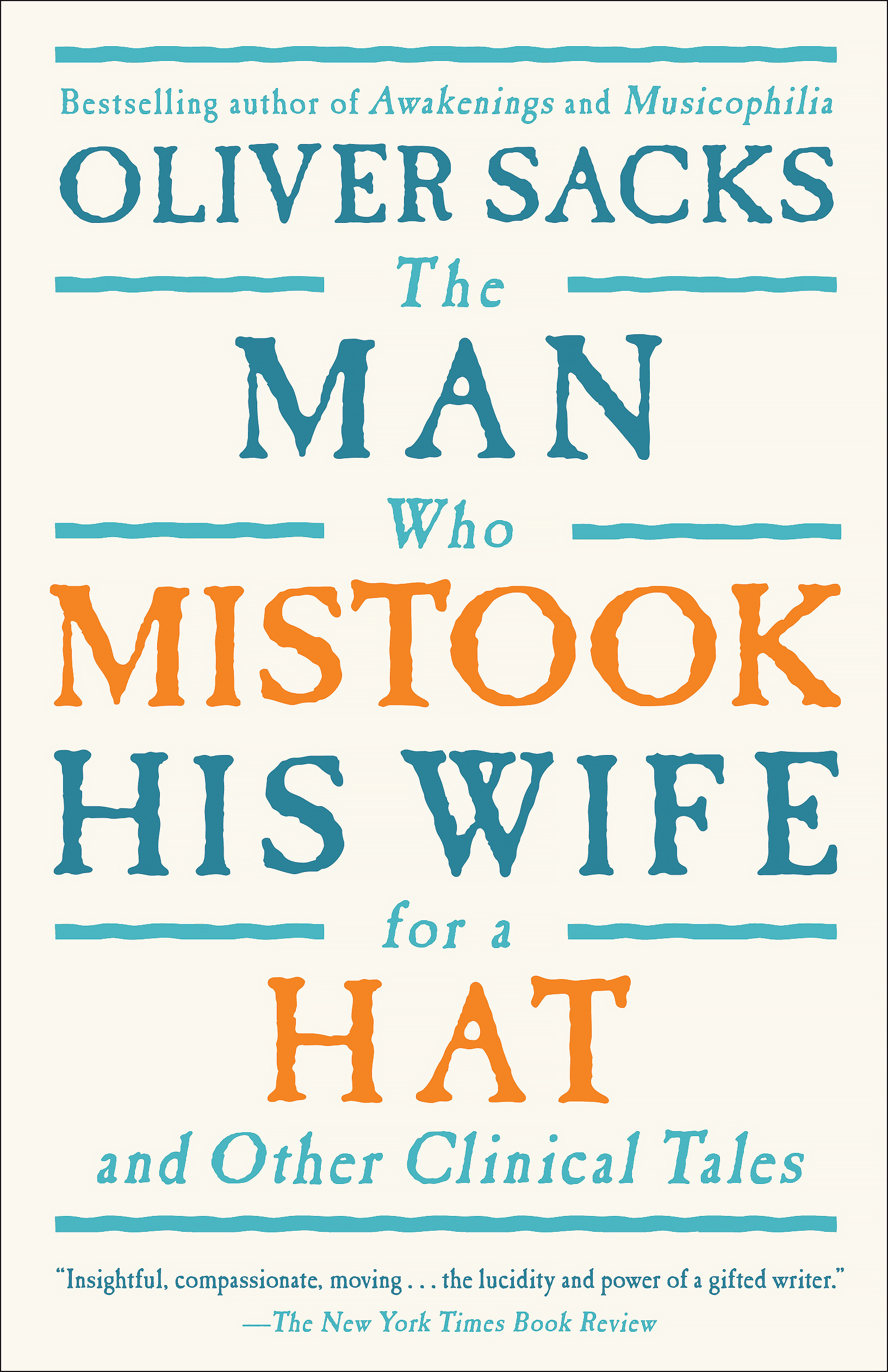
He undertook a neurology internship at the University of California, Los Angeles (UCLA), where he also completed his residency in neurology — “the only branch of medicine that could sustain a thinking man,” as he later called it. Life in Southern California agreed with Sacks. The nascent counterculture of the 1960s offered opportunities for a far greater variety of social interactions than the more traditional atmosphere he had known in England. He bought a motorcycle and explored this new world on long distance road trips. In San Francisco he made the acquaintance of the British expatriate poet Thom Gunn, who encouraged his interest in writing. He lived in the beach community of Venice, where he joined the fraternity of bodybuilders at Muscle Beach, and set a local powerlifting record. He also experimented recklessly with all sorts of drugs. While these experiences, later described in his memoir Hallucinations, gave him some insight into the delusions of his psychotic patients, they also endangered his physical and mental health.
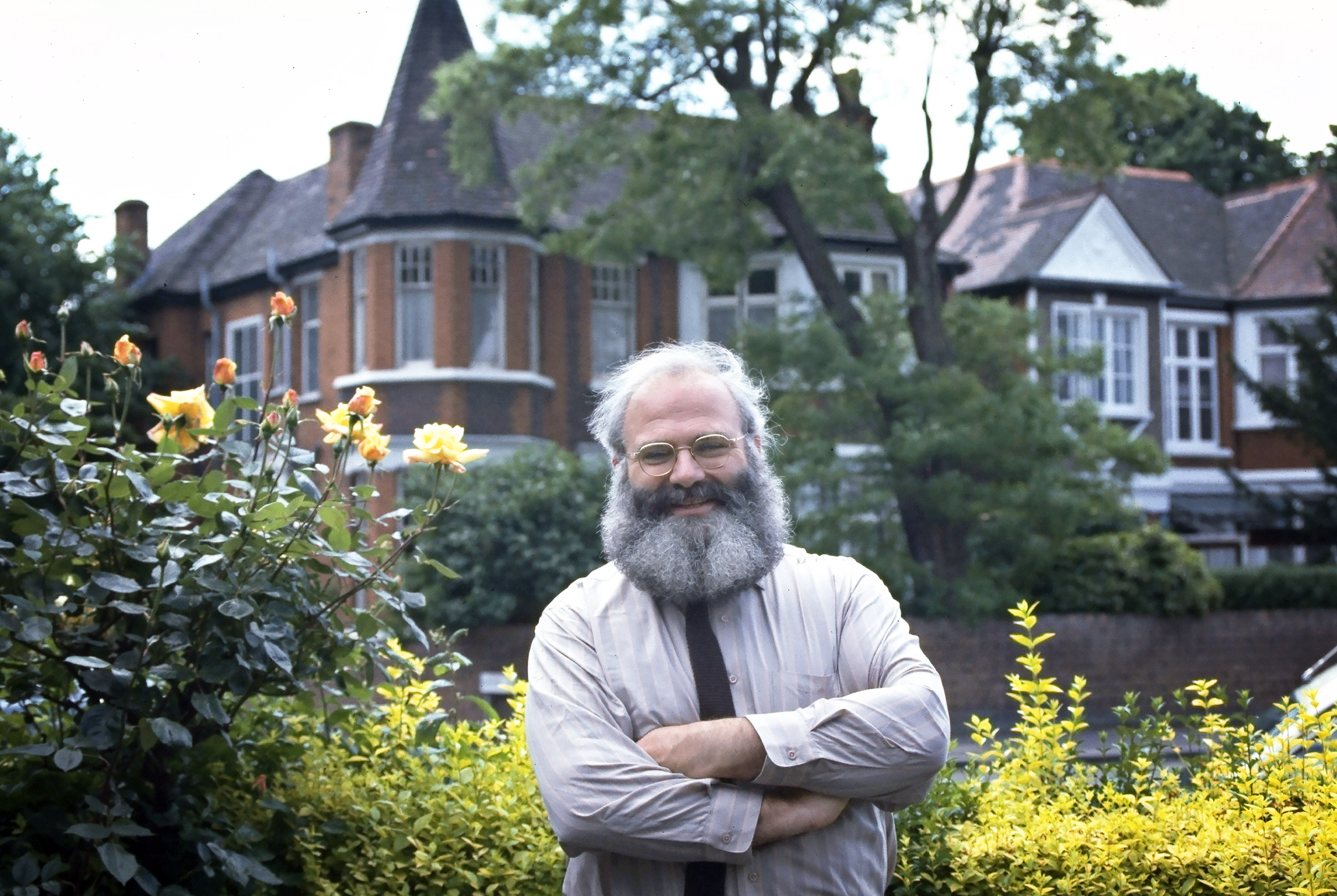
In 1965, Dr. Sacks moved to New York City, where he would make his home for the rest of his life. He gave up his drug experiments and began to focus on a serious career as a practicing neurologist. One of his first jobs in New York was at a nursing home, Beth Abraham, in the Bronx. There he encountered a group of silent patients, standing like statues. An epidemic of encephalitis lethargica — “sleeping sickness” — that had swept the Western world from 1916 to 1927 had shut many of them off from the world for over 40 years. As he got to know them, Dr. Sacks came to believe that intact human personalities were trapped inside these expressionless bodies. With the use of the newly available experimental drug L-DOPA, he was able to revive some of these patients and return them to consciousness for a time. In many cases, the adjustment to life in a world that had passed them by was painful. Many reverted quickly to their catatonic states, others gradually declined. A few retained some of their faculties for years after regaining consciousness.

From the beginning of his medical practice, Sacks took copious notes of all his cases. For his first book, he drew on a subject that had long fascinated him. From an early age he had suffered from migraine headaches, as had his mother. Drawing on his personal experience, deep learning and vast collection of detailed case histories, he wrote his first book, Migraine, in only ten days. His account of the sleeping sickness cases, Awakenings, was first published in 1973. It attracted relatively little attention at the time, but Sacks acquired a small following of readers, not only among fellow neurologists but among members of the general pubic, not least other writers, who recognized him as a gifted storyteller as well as a brilliant clinician. While continuing his duties at Beth Abraham, Sacks also worked at Holy Family Homes, nursing facilities run by the order of nuns known as the Little Sisters of the Poor — one in the Bronx, one in Queens, and one in Brooklyn. Unlike many other clinicians, Sacks always looked for the individual behind the symptoms, in hopes of treating even the most apparently hopeless cases. Through the 1970s, Sacks worked in relative obscurity, compiling case histories of a vast array of neurological ailments: epilepsy, Parkinson’s disease, autism, Tourette’s syndrome, retardation, dementia, schizophrenia, brain tumors and head injuries.
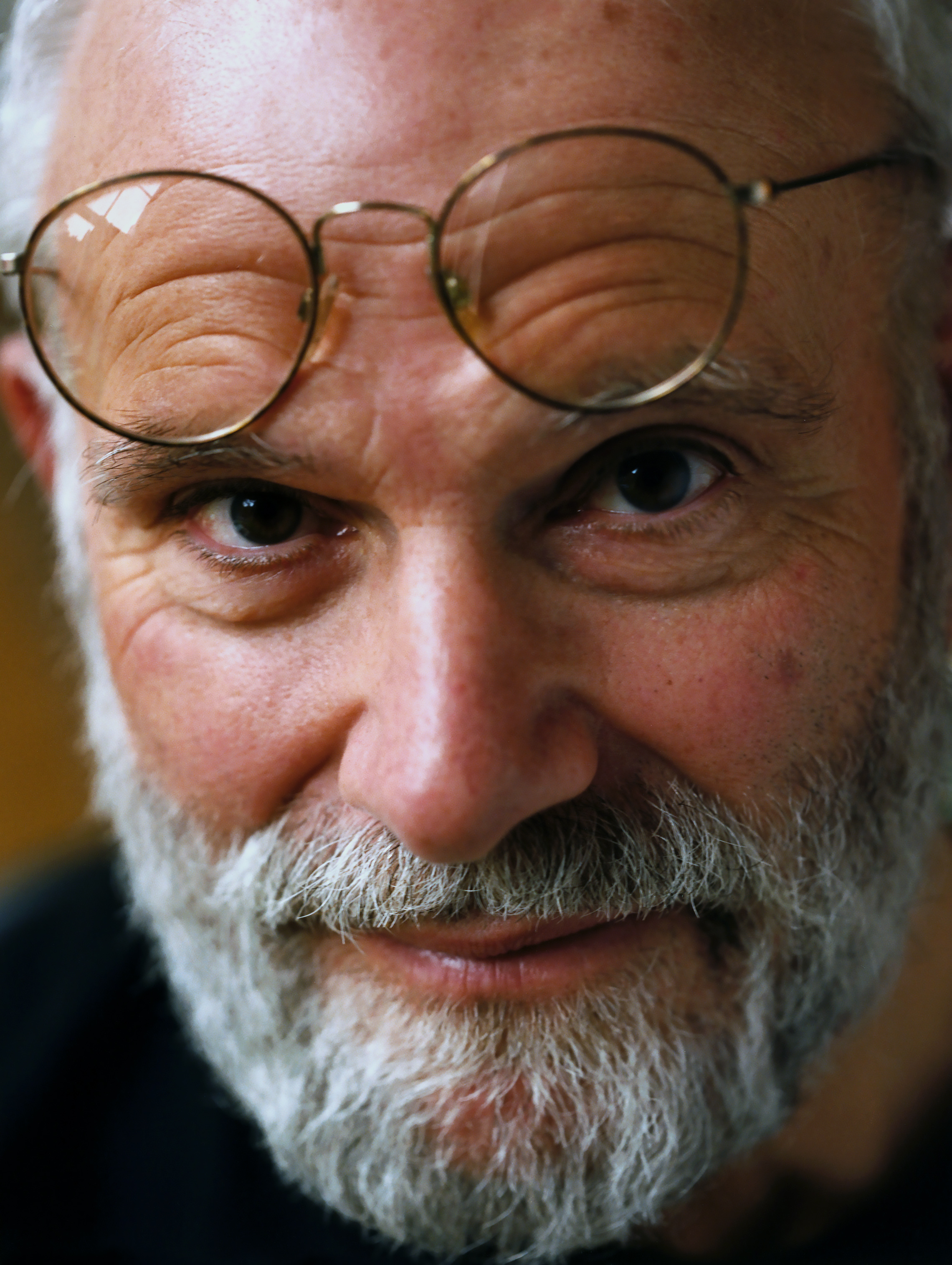
The extraordinary symptoms he encountered in his practice led him to write the book that brought his work to the attention of the general public, The Man Who Mistook His Wife For a Hat. Readers and critics were fascinated by his stories of men and women who remained highly functional in many respects but had lost faculties that most of us take for granted. Some had lost all memory of their past lives, or were no longer able to recognize family members and common objects. Some had no control of their limbs or speech, while others appeared to be developmentally disabled yet possessed extraordinary artistic or mathematical abilities.
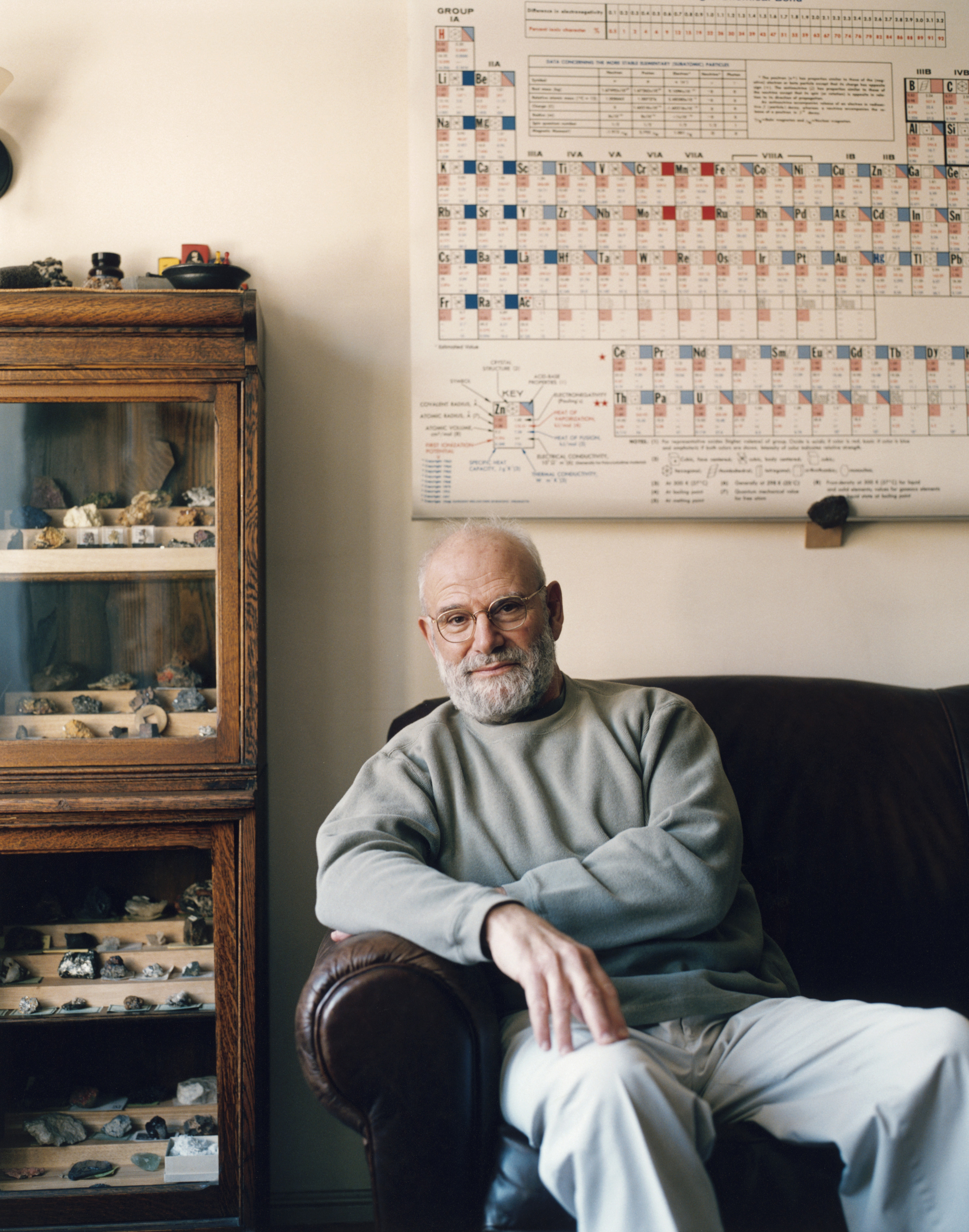
Published in 1983, the book was an international success, not only because of the extraordinary subject matter but because of Sacks’s deep insight as a clinician and gifts as a writer. He continued to explore the outer limits of neurological experience in his subsequent books, An Anthropologist on Mars and The Island of the Colorblind. The worldwide success of these books drew renewed attention to his earlier writing. In 1990, his book Awakenings was made into a feature film, with the actor Robin Williams playing Dr. Sacks, and Robert De Niro one of his patients.
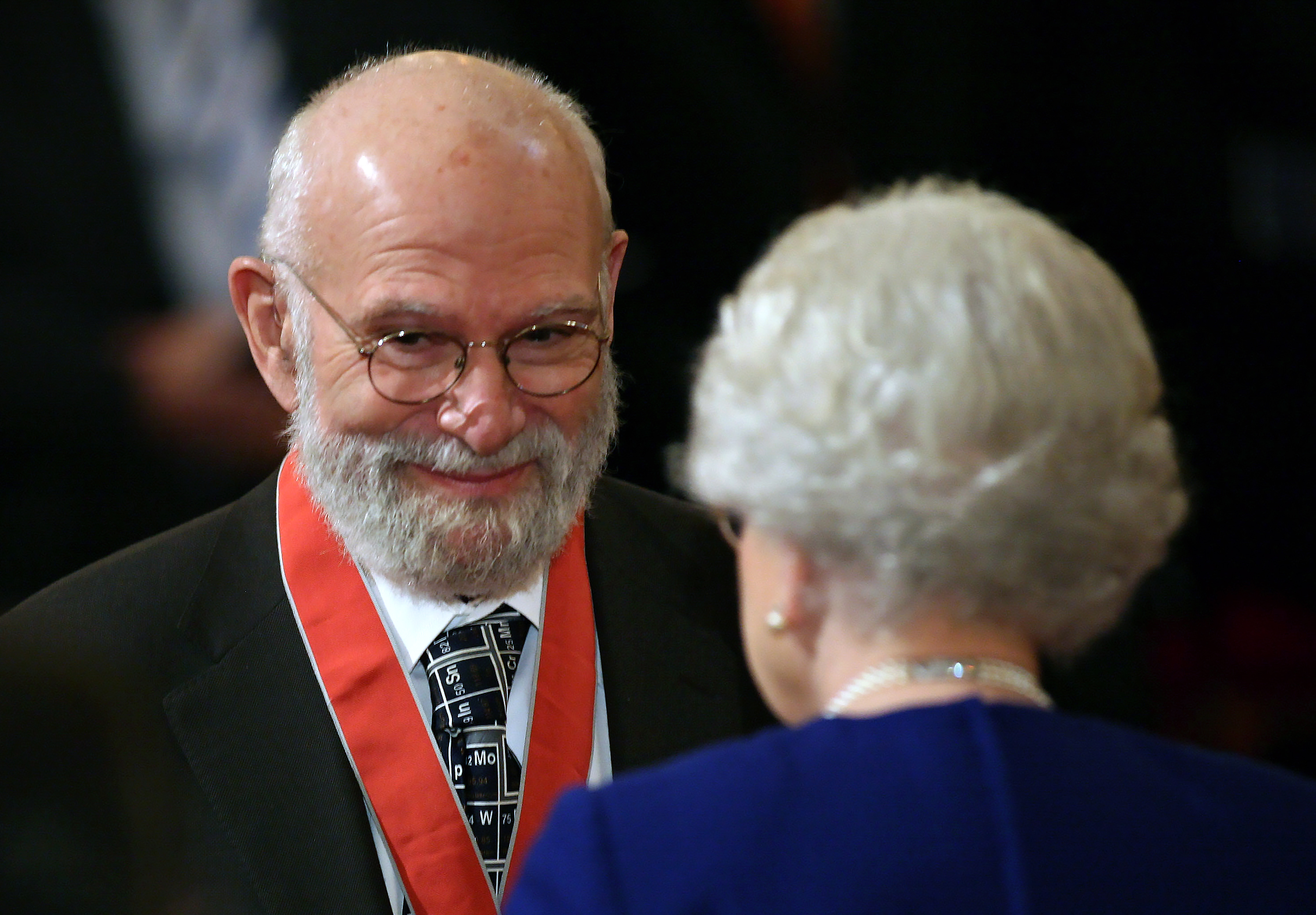
In addition to his books, and articles for medical journals, Sacks also became a frequent contributor to periodicals such as The New York Review of Books and The New Yorker. His opinion was sought on all subjects pertaining to the brain, and many others besides, and his work was valued for its humanity and literary interest. The New York Times dubbed him “the poet laureate of medicine,” and Rockefeller University awarded him its Lewis Thomas Prize, which honors “the scientist as poet.”
Despite his growing fame, Dr. Sacks continued to see patients, while at the same time writing on an ever-widening range of subjects. Always physically active, Sacks was a prodigious swimmer and an enthusiast of many outdoor activities. He described his own difficult recovery from a mountain climbing accident in A Leg to Stand On. A more serious health problem presented itself in 2006, when Sacks was found to have an ocular melanoma, a cancer of the eye. The treatment he underwent left him with many more productive years, although he lost his sight in one eye.
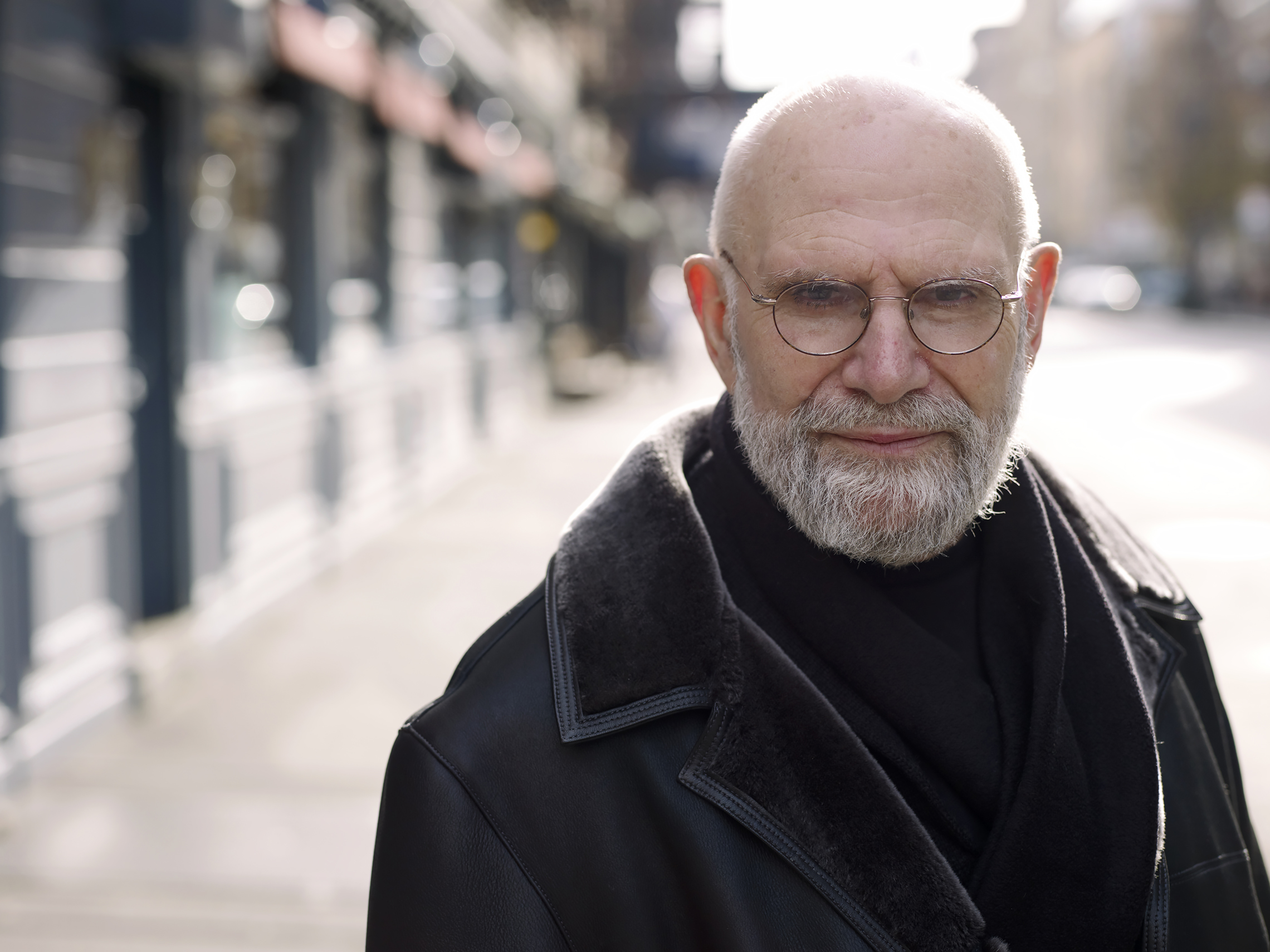
For most of his life, Sacks had found it difficult to form intimate relationships. In 2008, after 35 years of solitude, he finally formed a deep emotional partnership with another author, Bill Hayes, who shared his interest in the history of medicine.
Music had always played a large role in Sacks’s life, and he was fascinated by the role it played in the ailments and recovery of many of his patients, thoughts he shared in his bestseller Musicophilia: Tales of Music and the Brain, published in 2007. That same year he accepted an appointment as Professor of Neurology and Psychiatry at Columbia University Medical Center and was designated the university’s first Columbia University Artist. In 2012 Sacks transferred his academic affiliation to the New York University School of Medicine, and extended his clinical practice to the NYU Comprehensive Epilepsy Center.
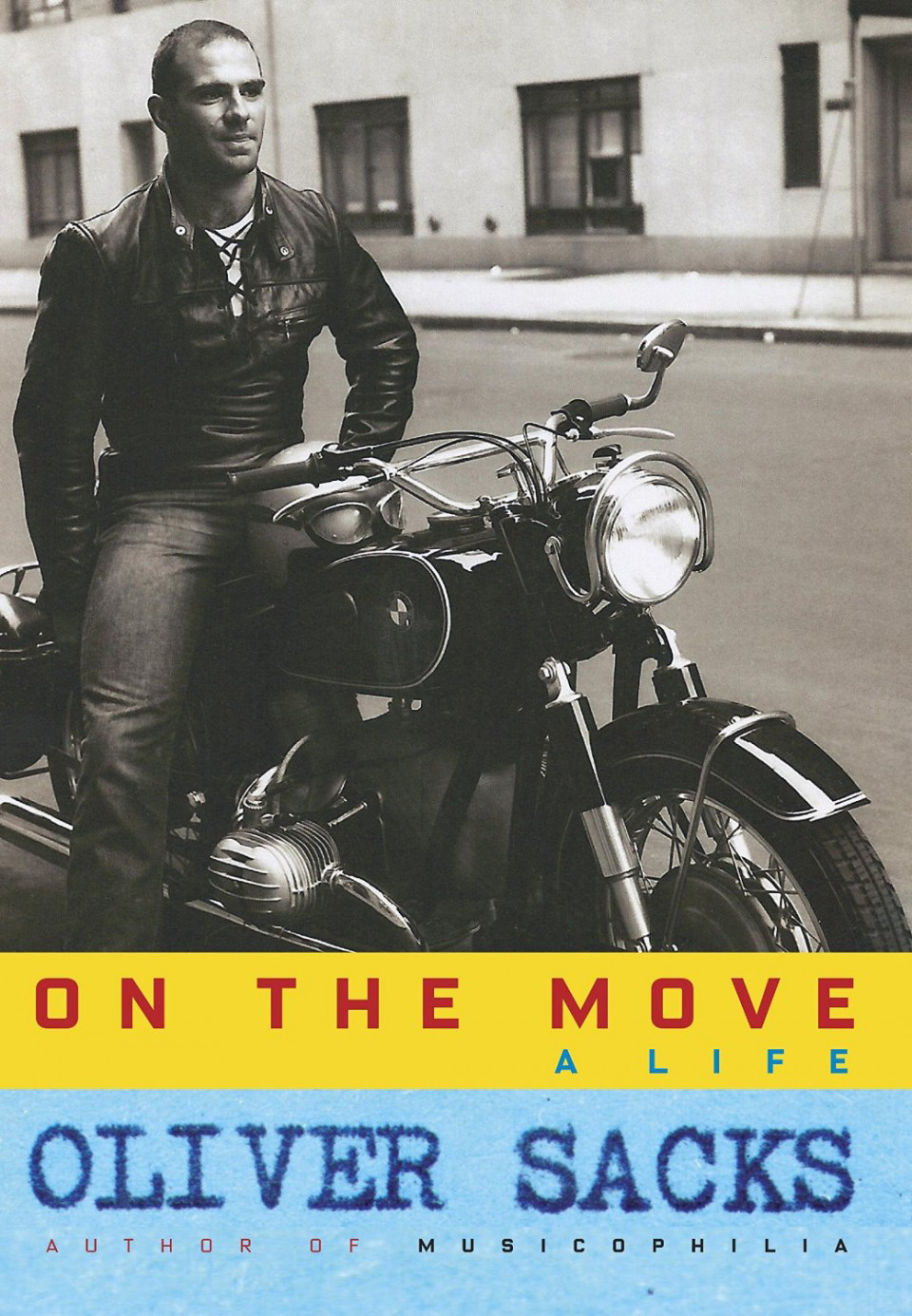
In his later years, Sacks turned increasingly to personal memoir, recounting his experience with ocular melanoma in The Mind’s Eye, and his early pharmaceutical adventures in Hallucinations. In 2015 he published a substantial autobiography, On the Move. The same year, he announced to his readers that his cancer had returned and that there was no course of treatment that could save his life. As death approached, he shared his thoughts on the end of life in the pages of The New York Times and The New Yorker. His last essays were collected in the volume Gratitude. He died at home in New York City at the age of 82. His partner, Bill Hayes, published a memoir of their life together, Insomnia City: New York, Oliver and Me, in 2017.

Dr. Oliver Sacks was a practicing clinical neurologist and author, renowned for his fascinating true-life reports from the mysterious frontiers of neurological experience. Born and raised in London, he spent most of his life in New York City as a consulting neurologist for hospitals and nursing homes. There he treated men and women suffering from every possible disorder of the brain and nervous system, from well-known disorders such as Parkinson’s and Alzheimer’s to baffling conditions in which selective brain and motor functions would be completely impaired while other faculties would be unaffected or developed to a high degree.
He drew on his vast collection of case histories in a series of bestselling books, including Awakenings and The Man Who Mistook His Wife for a Hat. Readers, critics and fellow writers were enthralled by the extraordinary symptoms he reported, and the depth of human insight and feeling he brought to his cases.
Cherished by both his readers and his patients, he won even greater admiration for the courage and equanimity with which he confronted his own approaching death from cancer. He spent his last years producing remarkably frank and lucid memoirs and reflections on an altogether extraordinary life.
One of your first books to attract widespread attention was Awakenings, in which you discussed your experience working with some very unusual patients you met at a hospital in the Bronx. Could you describe those patients for us, and what happened to them?
Oliver Sacks: I still go to the hospital. About 34 years ago, when I went there in ’66, as soon as I entered the hospital, I was struck by strange, motionless, transfixed figures, some of them in very odd positions, standing in the lobby and the passages. I had never seen anyone like this. I’d seen catatonic patients on the back wards, but this was obviously something different. And I was very amazed and horrified when I found that some of these patients had been there for 30 or 40 years — the hospital had been opened in 1920 for these first victims of the epidemic “sleepy sickness,” the encephalitis lethargica — and that medicine and surgery apparently could do nothing for these patients and that, further, many of them had been dumped there by their relatives, or their relatives had died, and in effect, they had been abandoned and had been out of the world for decades. I had never really heard of this sort of situation. There’d been very few accounts of such patients, although one account referred to them rather dismissively as “extinct volcanoes.” But you know, the nurses and others who knew them well — and I came to feel this myself — were convinced that there were intact minds and personalities inside these petrified bodies.
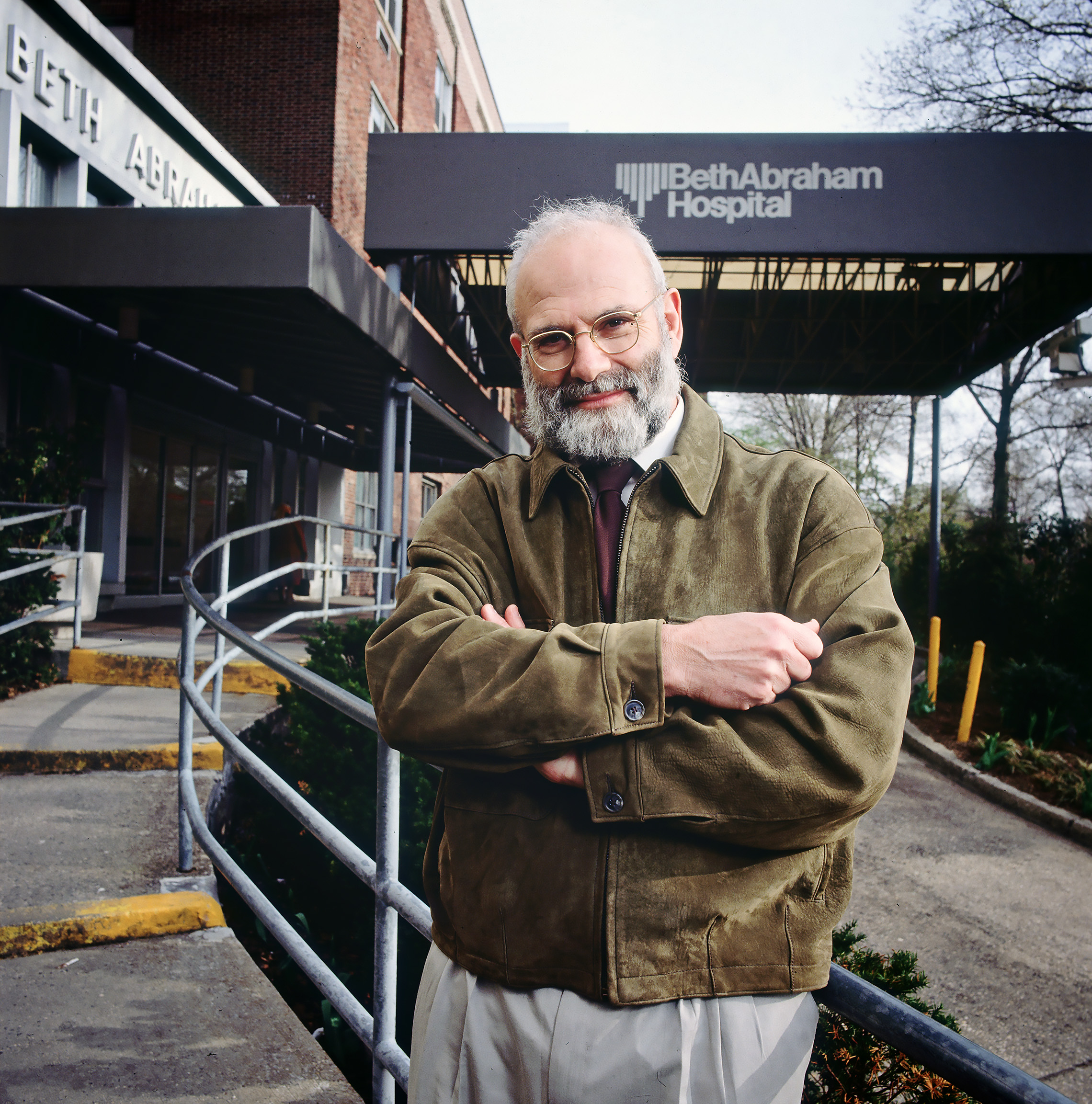
You once used the expression “dormant volcanoes.”
Oliver Sacks: I wondered whether these people, rather than being extinct volcanoes, might be dormant, and whether both the possibilities of health and of disease in a way were smoldering in them. So what would happen if you uncapped them? And also, what would it be like for someone whose life had been severely dislocated with a discontinuity — for better or worse, we live our lives from day to day and year to year. We can’t imagine this sort of suspension. What would it be like for these people if they did awaken, if they did come to? And I hesitated for two years before I tried any medication. There were astounding things. One patient especially stays in my mind. She was actually made the subject of a play by Harold Pinter. But when she came to, she was tremendously animated, but in a strange way. She had the speech and the gestures of a young woman from the 1920s. She looked like a flapper come to life. She spoke about Gershwin as if he were still alive. And I wondered where she was, and I asked her some questions. She was a very bright, quick woman, and she said, “I know the date of Kennedy’s assassination.” She said, “I know the date of Pearl Harbor.” She spoke of these things as sort of flashbulb memories, but she indicated there’d been no coherent — no sense of coherent living. She says, “I know it’s 1969,” she said, “but I feel it’s 1926. I know I’m 64, but I feel I’m 21.” And in some sense, she had dropped through a vacuum from the 1920s to the 1960s, from her 20s to her 60s. She said she didn’t like our world very much. She said that everything which had had meaning for her had vanished, and after ten days of this strange 1920-ish animation, she went back into the state she had been before, and nothing we could do. You know, this wasn’t the case for most of the patients, but I think with her, the challenge of coming into an alien world and an unfamiliar world, making a new identity, was too great. So I mean the awakening was as much an existential as a medical. On the one hand, there was all the physiological side effects of this and that. I think some of the relatively short action of the medication, and some of the way in which it activated other symptoms — well, this was one set of problems. But the other was to be reactivated, to be awakened and put back into operation after being out of operation for 40 years and feeling oneself sort of outmoded.
How did you come to think that L-DOPA would have an effect on these patients?
Oliver Sacks: There had been an account in early 1967 of the effects of L-DOPA on people with ordinary Parkinson’s disease, and it was touted as a sort of miracle drug. Now one of my patients — in fact, the original Leonard L., who was somewhat different from the movie version, a very bright man — he was the one who drew my attention to this, and he spoke of dopamine, the neurotransmitter needed in the brain, as “resurrectamine.” He spoke of Cotzias, the physician who had introduced L-DOPA, as “the chemical messiah.” You know, one sees the depth of intelligence and hope and irony and desperation here. Well, my patients did have Parkinsonian — sort of clinical features of Parkinsonism — but they didn’t have ordinary Parkinson’s disease. I’m sorry, this sounds a little confusing. But Parkinsonism for them was part of a much more complex, strange, long-standing disease. And because of the complexity of the disease and its duration, I didn’t know how L-DOPA would — how they would do with L-DOPA. I think it couldn’t be known.
What was it like when the patients started declining after they had this amazing recovery? How did you deal with that yourself?
Oliver Sacks: When the patients started declining, I felt bewildered, anxious, sometimes guilty. I didn’t know what was happening. I tried all sorts of ways of restoring or retrieving the original response, and at the same time, I think, of perhaps preparing patients for what might be some continuing — but now only partial and less dramatic — response. I think finally it was probably accepted by all of us that some sort of decline was perhaps a physiological necessity, maybe associated with the amount of damage there had been to the nervous system and the fact that one was perhaps trying to stimulate the one or two percent of cells which remained in certain systems to do the whole job. Contrary to the movie, which, in a way, shows everything as ending in ’69, many of the patients made accommodations, and some of them lived 15 or 20 years afterwards, at least with sort of a partial animation. But it was a — you know, as the person who gave the L-DOPA, I tended to be invested by them almost with too much hope and power, and then they got angry with me or whatever. One of the patients said that L-DOPA had become “Hell-dopa.” A very, very complex business. Morally complex, medically complex.
What do you mean?
Oliver Sacks: The medical life is very complex, and it is maybe sometimes these existential and ethical complexities which make me look back wistfully, as it were, to the days of physics and chemistry, when there were all sorts of intellectual challenges and sometimes torments, but not quite these particular existential or ethical ones.
These recoveries must have seemed like miracles at first, although we’ve heard you say you don’t believe in the supernatural.
Oliver Sacks: One of my fellow speakers, who has done and is doing beautiful major work in genetics, and has a fine scientific mind, also said that he spoke of his belief in a caring personal God and the supernatural. And he said that he saw no incompatibility between these modes of thought or forms of belief. They didn’t seem to be in two compartments of his mind. And there’s something about the reiteration of the word “supernatural” which made me take issue with him and explode a little bit. And I said that, for me, I thought there was and always had been an incompatibility between a belief in the natural world and anything else. Indeed, I could not imagine a supernatural world, and that I thought any belief in the supernatural was similar to a belief in the occult, and therefore, that I found what he said, in a sense, unintelligible. I think I also — I forget exactly what I said in the heat of the moment — I also said that for myself, beside scientific interests, I had a passionate feeling for music and for art and for the beautiful, and sometimes for the sublime, and that I thought that I had experienced feelings of the sacred and the holy and the religious. And yet, for me, this was all part of being a human being and of the natural world. And I couldn’t imagine — I didn’t see the sense of positing anything supernatural, although I saw why it might be done. I think I also indicated — or I wanted to indicate — my respect for believers. Amongst other things, I work in an Orthodox Jewish hospital and also an orthodox Catholic hospital. And I never — I usually don’t take issue with people. I feel it’s partly their business. But since this actually came up before an audience, I did take issue with it.
